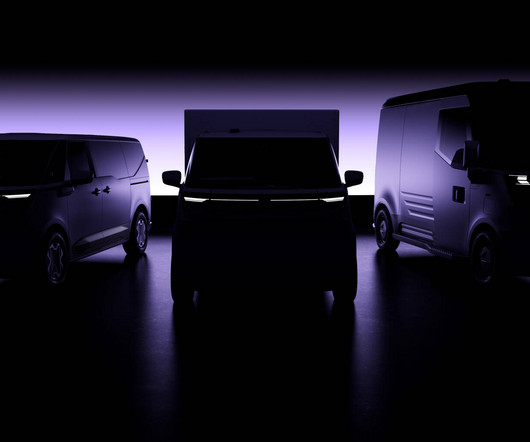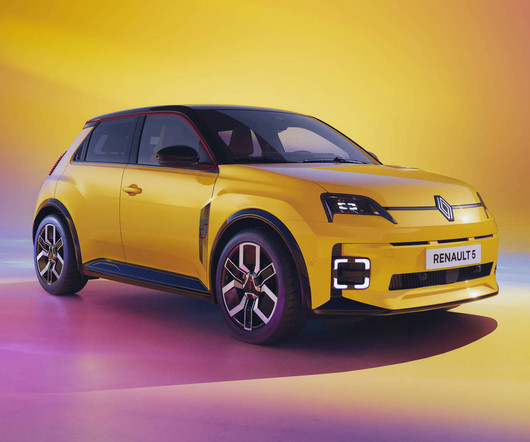Symbio FCell delivers first 5 Kangoo ZE electric utilities with fuel cell range extenders in La Manche
Green Car Congress
JANUARY 26, 2015
Symbio FCell has delivered the first five Renault Kangoo ZE Light commercial vehicles (LCVs) powered by its hydrogen Fuel Cell Range-Extender, as part of a full fleet project led by the Conseil Général de la Manche which will ultimately deploy 40 vehicles. La Manche is a département in West Normandy, France. Earlier post.)












Let's personalize your content